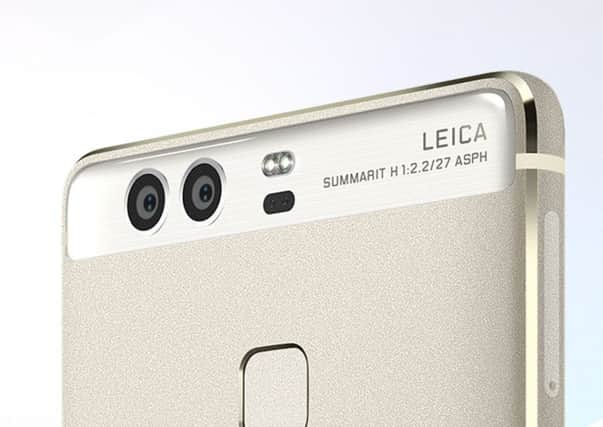Snap happy: The best phones for taking great pictures


The smartphone market is where all the investment in improving camera technology is now taking place. Unless you’ve invested in a specialist upmarket camera, you’ll find you can get pictures as good or better from your handset.
But not any phone will do: specifications vary wildly, and you need to choose carefully if you’re planning to do any heavy-duty snapping.
Advertisement
Hide AdAdvertisement
Hide AdIf a handset upgrade is on the cards between now and your next holiday, models which currently offer the best picture-taking experience include the Samsung Galaxy S6 Edge, Huawei Nexus 6P and the iPhone 6S.
But an emerging technology is also worth your consideration. The £380 Huawei P9, developed with the revered German optics firm Leica, is one of the next-generation phones to use not one but two cameras - three if you count the selfie lens on the front. The idea is to mount two lenses on the camera back - the first a fixed-focus telephoto, the second a normal wide-angle. They shoot simultaneously and combine the images to stunning effect by manipulating the depth of field - the area of the picture in sharp focus. The LG G5 uses a similar system and is ideal for shooting stills and video of fast-moving action.
The forthcoming iPhone 7 is rumoured to also have this technology, and possibly an optical zoom lens, too, though we won’t know for sure until the autumn.
The addition of proper zoom lenses in particular will be a game-changer for phones, and remains the one area where standalone snapshot cameras still have an advantage. Optical zooms magnify the distance between the camera and subject - unlike the digital zooms found on today’s phones, which merely blow up the pixels and lose most of the definition. Manufacturers have fought shy of optical zooms because they add bulk to the phone’s casing - but once they crack that issue we’ll all want one.
Advertisement
Hide AdAdvertisement
Hide AdEvan at the lower end of the market, today’s mainstream handsets have many advantages over separate cameras, especially when it comes to sharing your pictures. Apps like Google Photos can synchronise automatically your new snaps with your home PC, Facebook page and any other platform you use, with no need for a USB cable when you get home. Your shots will also be dated and geo-tagged, so you can browse them interactively on a map or timeline.
Phones are typically sold on their megapixel count, but the figures alone are misleading. Size and quality of the image sensor and the ability of the software to process the pixels are as important if not more so, and you should make a point of seeing demonstration footage, online or in a shop.
Look out, too, for optical stabilisation, especially if you like shooting video. This was a feature on high-end camcorders back in the Nineties and has now found its way onto phones like the iPhone 6S Plus, LG G4 and the Xiaomi Mi 5, all of which also shoot video in the ultra-high definition 4K format. Stabilisation reduces the effect of camera shake when you’re not using a tripod, and the higher the definition the more important it becomes.
For all but serious hobbyists, the era of the standalone camera may be over, but photography has never been more creative.